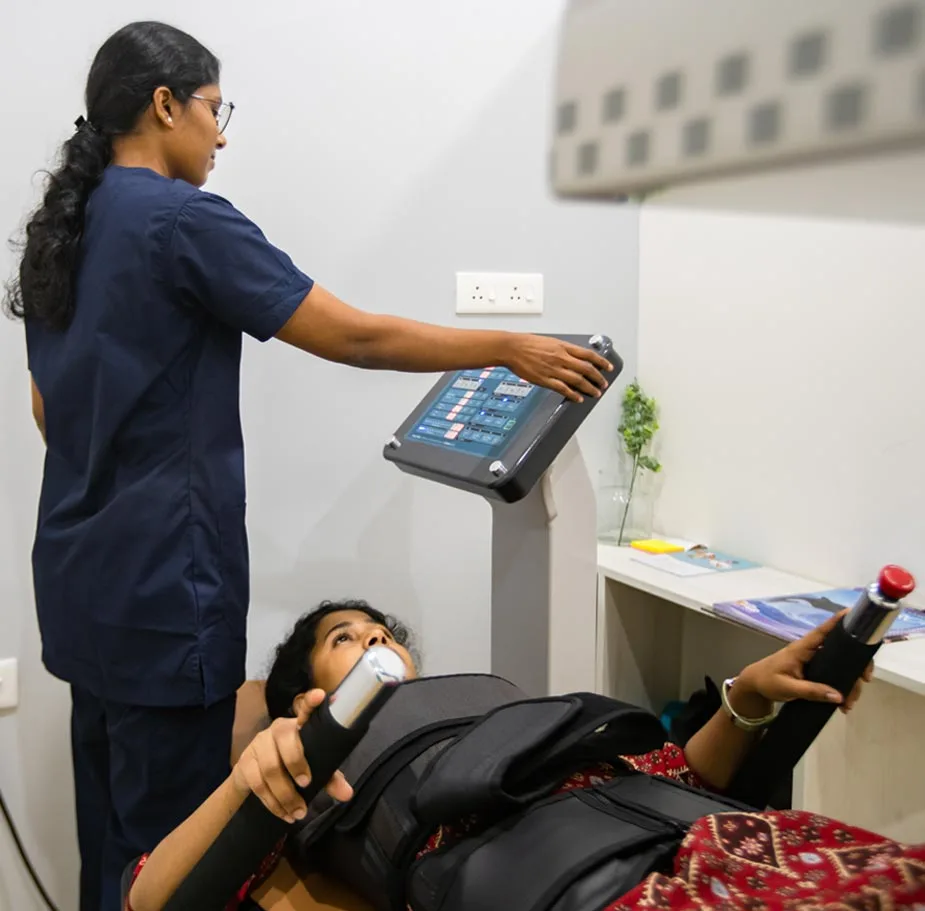Sciatica
Symptoms
Symptoms of sciatica may include:
Pain that radiates from your lower (lumbar) spine to your buttock and down the back of your lower limb.
Discomfort along the nerve root, but it’s especially likely to follow a path from your low back to your buttock and the back of your thigh and calf.
Mild ache to a sharp, burning sensation or excruciating pain like a jolt or electric shock.
It can be aggravated when you cough or sneeze, and prolonged sitting can increase symptoms. Mainly, only one side of your body is affected.
Also have numbness, tingling, or muscle weakness in the affected side.
Causes
The causes of sciatica can be either mechanical or non-mechanical:
Diagnosis
Treatments
Once your pain improves, your doctor or a physical therapist can design a rehabilitation program to help you prevent further injuries. This includes exercises for postural correction, strengthening the muscles supporting your back and improve your flexibility.
Pain killers may relieve the pain temporarily, but it does not cure in all cases. Most of these problems may be managed without surgery with physical therapy. If it is an acute case (less than 6 months) icing is recommended to reduce the muscle ache. IFT, Ultrasound, and TENS are the electrotherapy modalities in physiotherapy management. Neural mobilization is very effective to relieve tingling and numbness to the lower limbs.
Our Spinal Wellness Program is a combination of manual and advanced therapeutic modalities, specific to individual patient conditions and diagnoses. Spinal decompression is an advanced version of traction which allows a negative pressure of -150 to -200 mm Hg to help the disc shrink to its original shape. It applies computer-controlled pulling forces at precisely measured angles to gently distract specified spinal segments. This distraction in the joints relieves pressure within the disc and any pinched nerves which promotes the movement and absorption of fluids and nutrients in the disc space. These fluids and nutrients are adequate to maintain disc health. Progressively, this mechanisms can help to relieve pain.
Back ergonomic guidance and correction is critical for proper rehab and is extremely important for backache management as it helps in preventing recurrence. This consists of proper postural habits, a proper work environment, back exercises, and modifications in activities of daily living.

